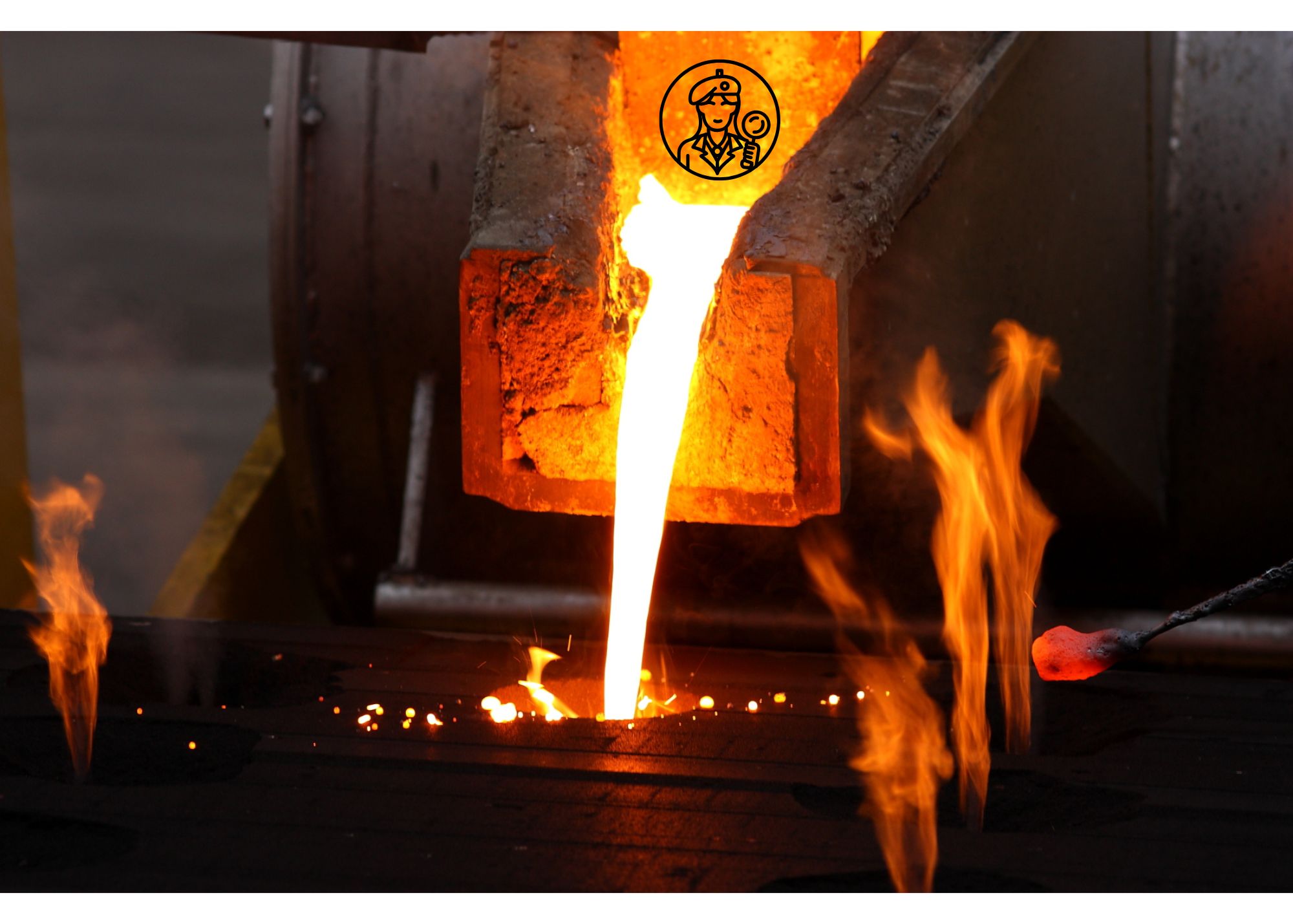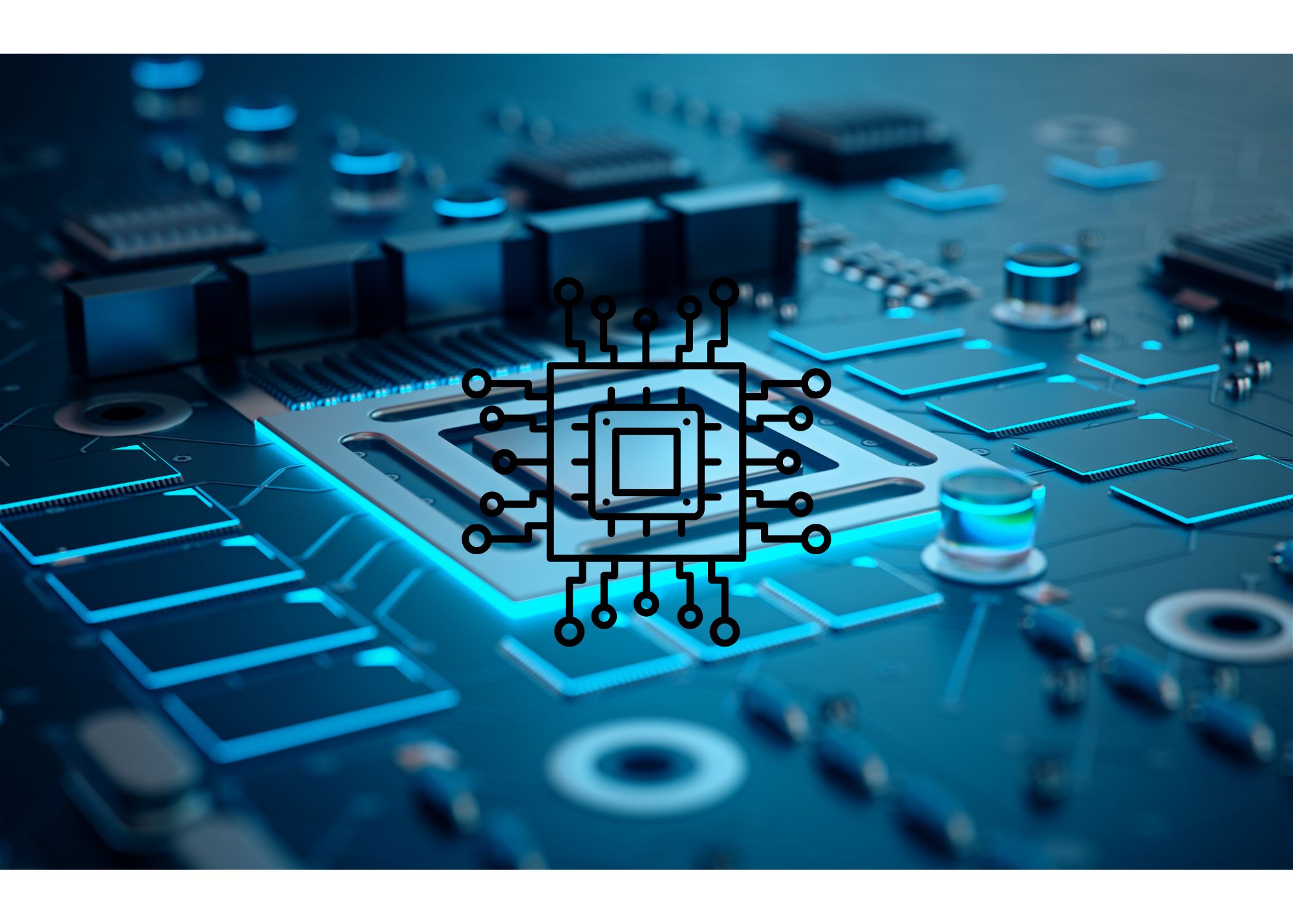This Move Might Reshape the Future of the Chip Industry
Lip-Bu Tan hasn’t been in the driver’s seat at Intel for long, but the new CEO is already making it clear that the era of open-ended spending is over. If Intel’s bleeding-edge chip manufacturing can’t justify its existence with real customer demand, it won’t get more money, period.
That kind of financial discipline might sound like corporate buzzkill, but it’s actually a dramatic pivot. And the ripple effects could redefine who leads and who lags over the next decade in semiconductors.
Key Points
-
Intel’s new CEO is pausing investment in advanced chipmaking unless customers commit, potentially ending its bid to lead in cutting-edge manufacturing.
-
As Intel stalls, TSMC is ramping up spending and winning AI customers, solidifying its dominance in advanced chip production.
-
Intel’s slowdown may hurt ASML short term, but its irreplaceable EUV machines keep it well-positioned long term.
Intel’s Foundry Business Is Still on Life Support
Intel’s latest earnings looked decent on the surface: second-quarter revenue topped estimates, and the stock briefly bounced. But what really caught analysts’ attention wasn’t the numbers, it was Tan’s internal memo, made public the same day.
The core message is Intel’s foundry unit, which fabricates semiconductors, is being reined in. Despite generating $4.4 billion in foundry revenue last quarter, a tiny fraction of that came from external customers. Intel is essentially printing its own chips and calling it revenue.
Worse, that external figure is actually down by almost a fraction of 2 from the same quarter a year ago.
What’s at Stake With 18A and 14A
Intel is currently ramping up its 18A process node, and that could finally close the years-long technology gap with Taiwan Semiconductor. But here’s the catch, this node is currently earmarked for Intel’s own chips only.
The next node, 14A, is even more advanced. But it won’t move forward unless customers commit upfront. That’s unprecedented for Intel, a company historically willing to spend billions ahead of demand. It’s also a high-stakes gamble: if no customers step up, Intel will abandon 14A altogether.
To put it bluntly, Intel is flirting with the idea of ceding the future of high-end chipmaking to its rivals and becoming a buyer, not a builder, of cutting-edge silicon.
A Silent Blow to ASML
This shift has another victim, which is ASML Holding, the Dutch titan that makes the only extreme ultraviolet lithography machines in the world. Intel was one of ASML’s most important customers.
Now? That relationship looks shaky.
ASML’s management recently dialed back expectations for 2026, citing growing macro uncertainty. But Intel’s new stance likely plays a bigger role than they’re letting on. The 14A node requires ASML’s high numerical aperture EUV machines, without them, the node can’t happen.
And if the node doesn’t happen, neither do those ASML sales.
Still, ASML holds a monopoly in a niche with no replacement. The pain from Intel’s pause may be temporary, especially if TSMC or Samsung step in to pick up the slack.
TSMC’s Lead Just Got Deeper
While Intel slams the brakes, TSMC is stepping on the gas.
It is boosting capital expenditures by more than 30% this year, investing as much as $40 billion to expand capacity and move ahead with its 2-nanometer node. Unlike Intel, TSMC already has anchor customers in place, especially in AI.
TSMC’s A16 node is seeing strong early adoption from AI chipmakers who need the power efficiency to train massive models. This gives TSMC not just a lead in technology, but a structural advantage in capacity planning, thanks to firm demand commitments.
Meanwhile, Intel’s 10-Q filing subtly admits that if 14A stalls, the company will rely on TSMC for nodes beyond 18A. The translation is Intel could end up outsourcing its most advanced chipmaking to the very company it’s trying to compete with.
What Wasn’t Seen
If Intel walks away from the bleeding edge of foundry services, it doesn’t just concede a market, it reshapes the competitive map.
TSMC won’t just benefit from more customer volume, it may get the high-margin orders from Intel itself. That could lead to even more reinvestment at TSMC, pulling it further ahead and making it even harder for Intel to claw back share later.
Most people don’t realize this, but TSMC’s manufacturing advantage is not just about technology. It’s about predictability. Its customers, Apple, Nvidia, AMD, know TSMC will deliver. Intel, despite massive R&D investments, has stumbled with delays at multiple nodes in recent years, including 10nm and 7nm.
This trust gap matters just as much as transistor counts.
A Moment of Truth for Intel
Lip-Bu Tan’s new strategy is about survival, not ego. Intel is under pressure to show progress in profitability and return on capital, especially after years of underwhelming execution. But if 14A doesn’t land customers soon, it could mean more than just a delay, it could mark Intel’s formal exit from the race for process leadership.
That might be bad news for Intel’s long-term ambition, but it’s a windfall for TSMC. With shares trading at around 25x forward earnings and AI demand still ramping, TSMC may be the stealth winner here.
Even ASML, while bruised, might offer value. The market’s fear of Intel stepping back could lead to a short-term discount on ASML shares, but in a world where High-NA EUV demand only grows, that may prove to be a buying opportunity.
The Bottom Line
Intel is prioritizing cash discipline and only betting on technology that has clear revenue visibility. That’s a seismic change in Silicon Valley thinking. But while it could stabilize Intel’s financials in the short term, it hands more strategic ground to TSMC, possibly permanently.



